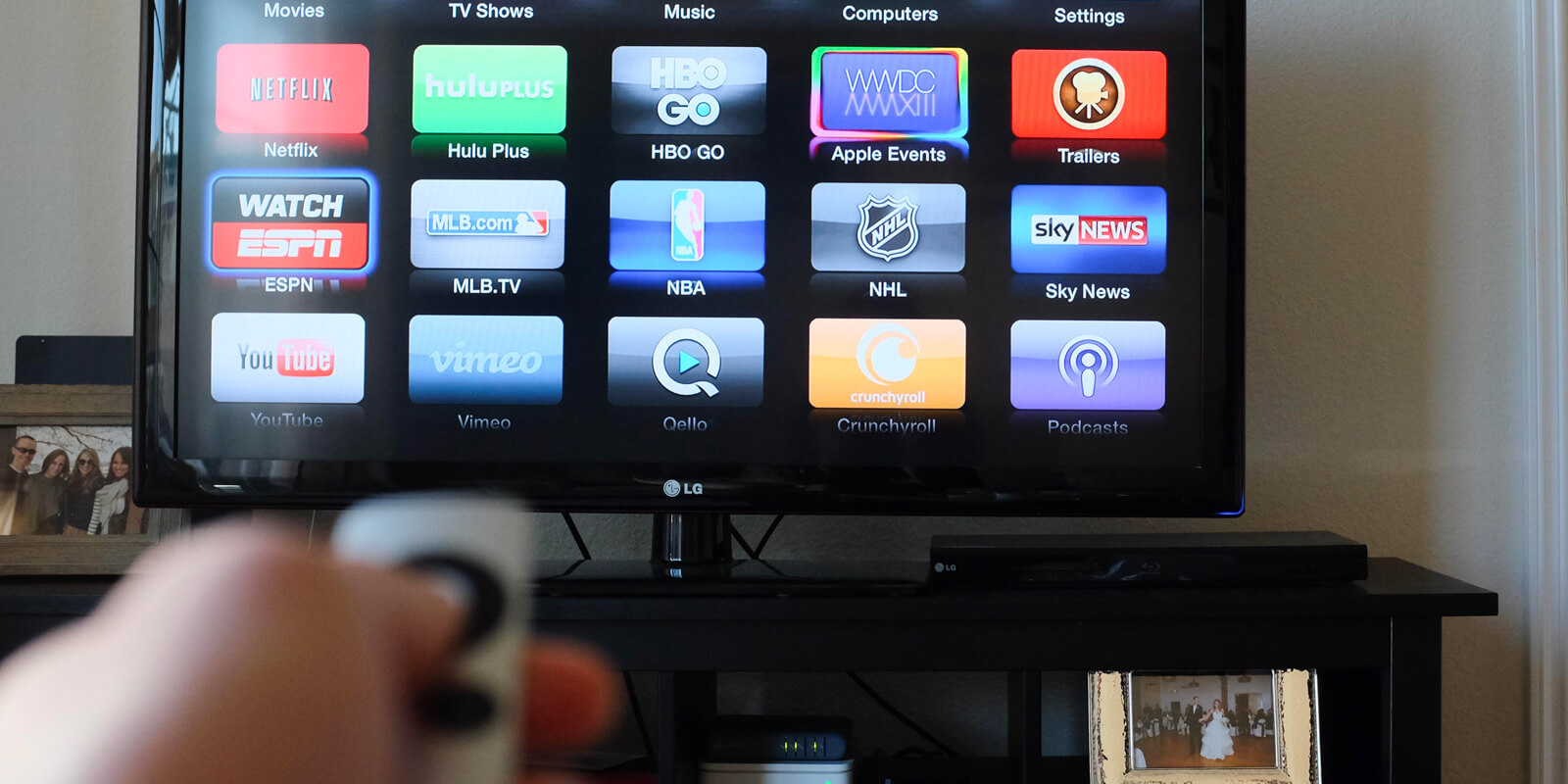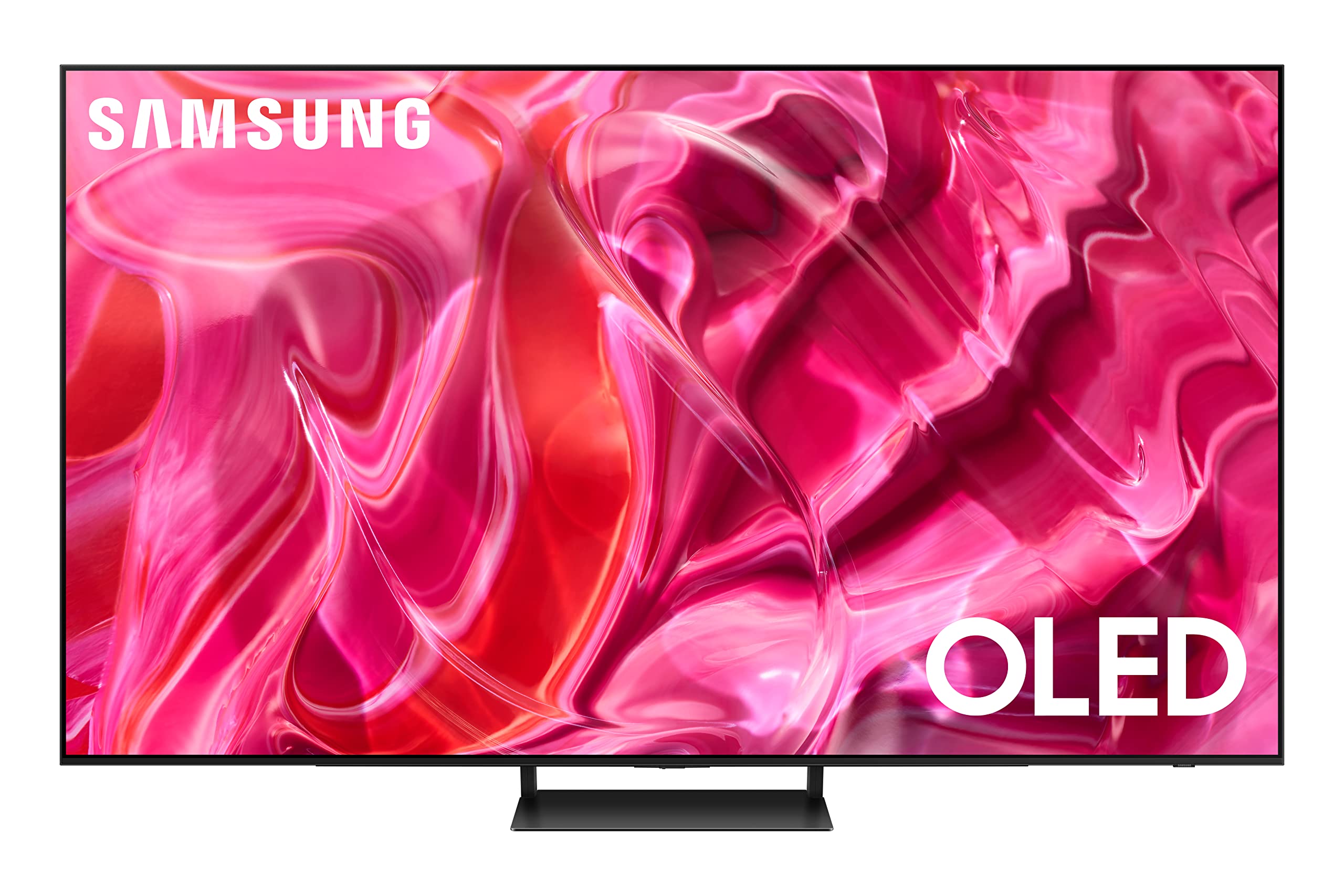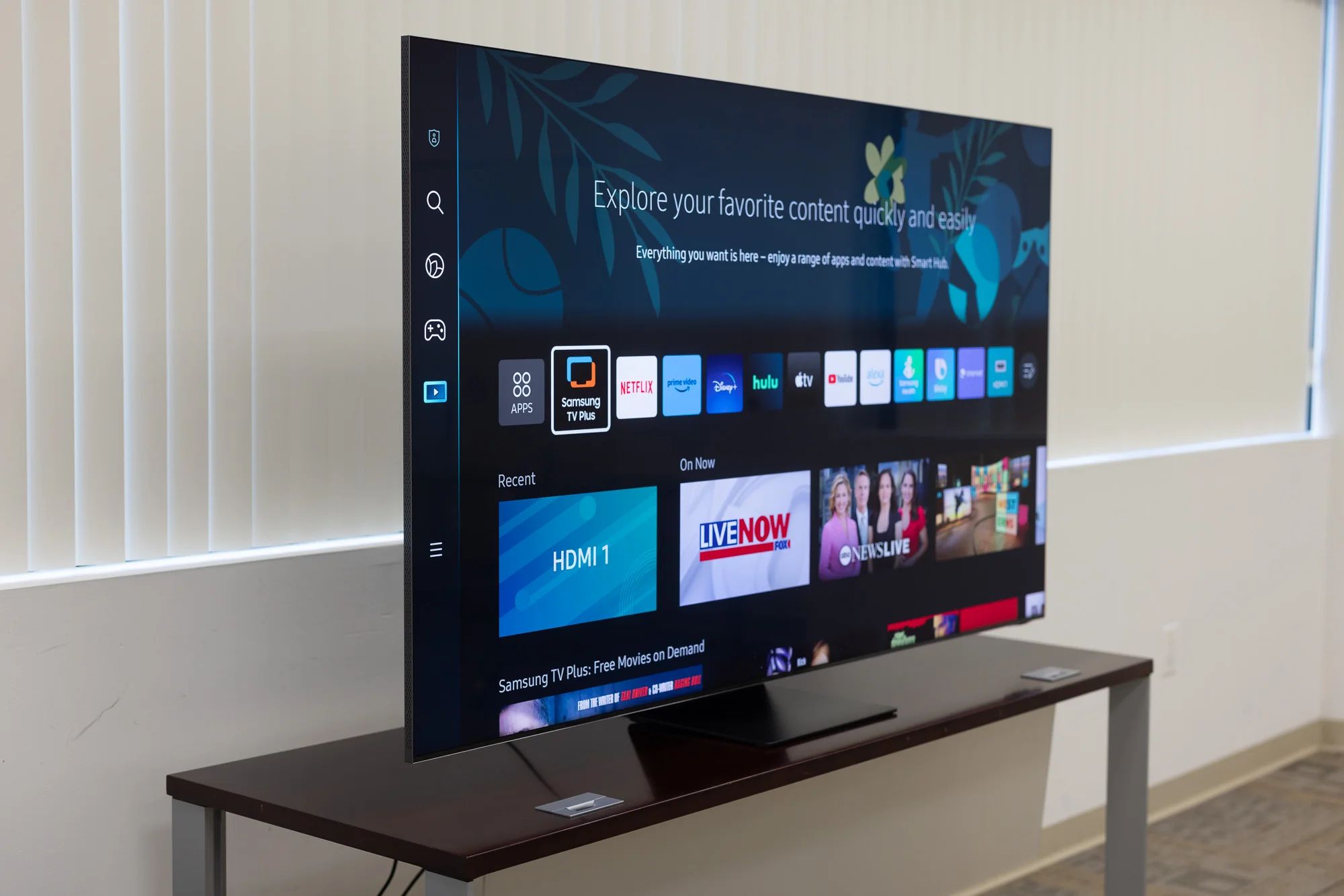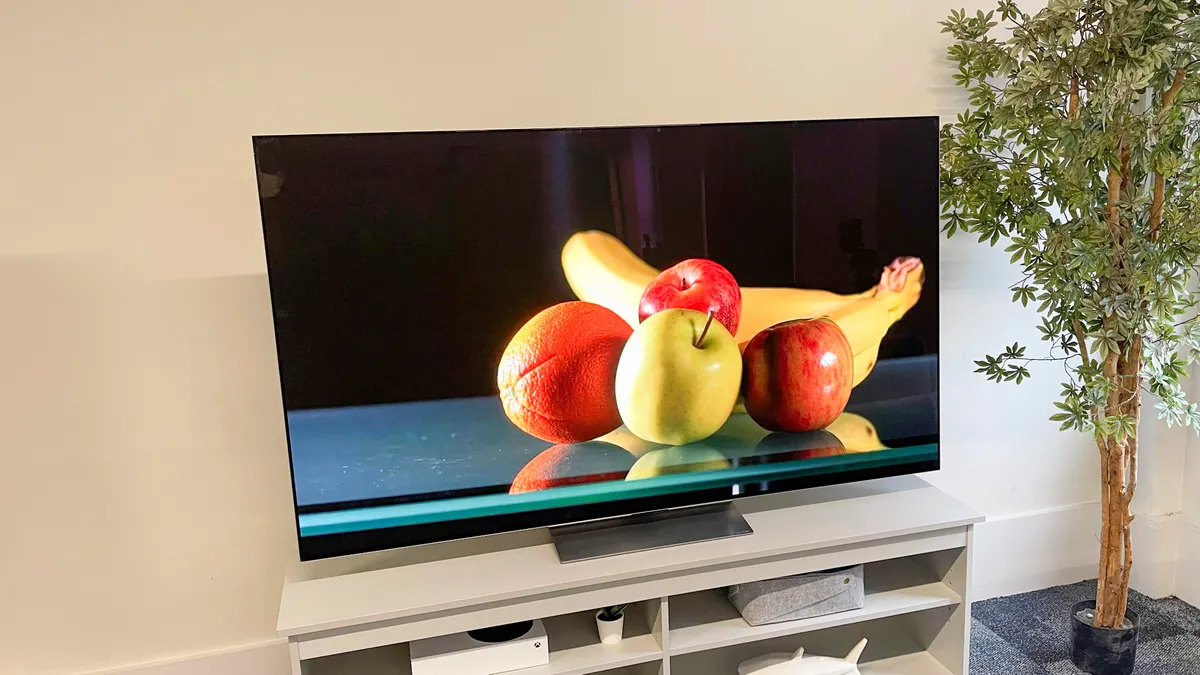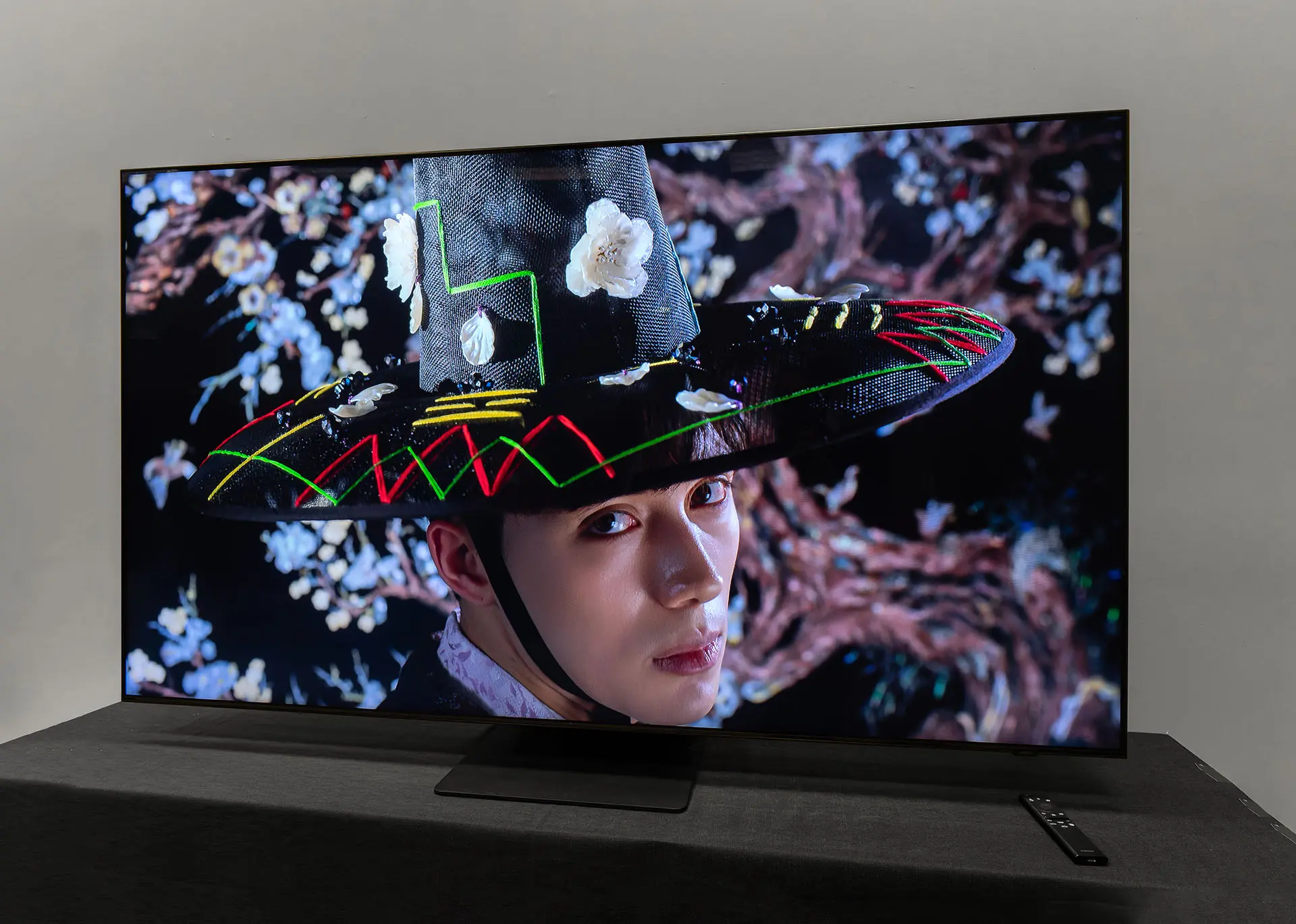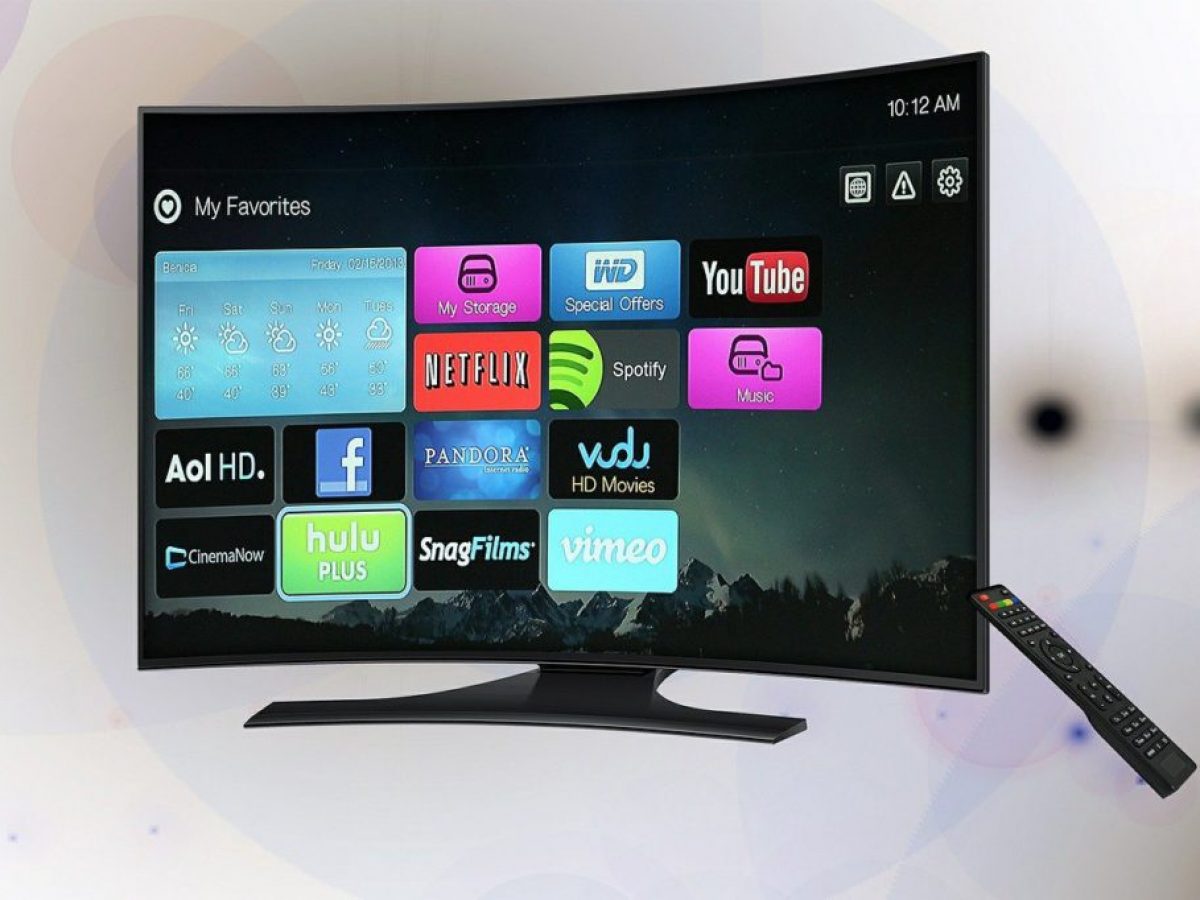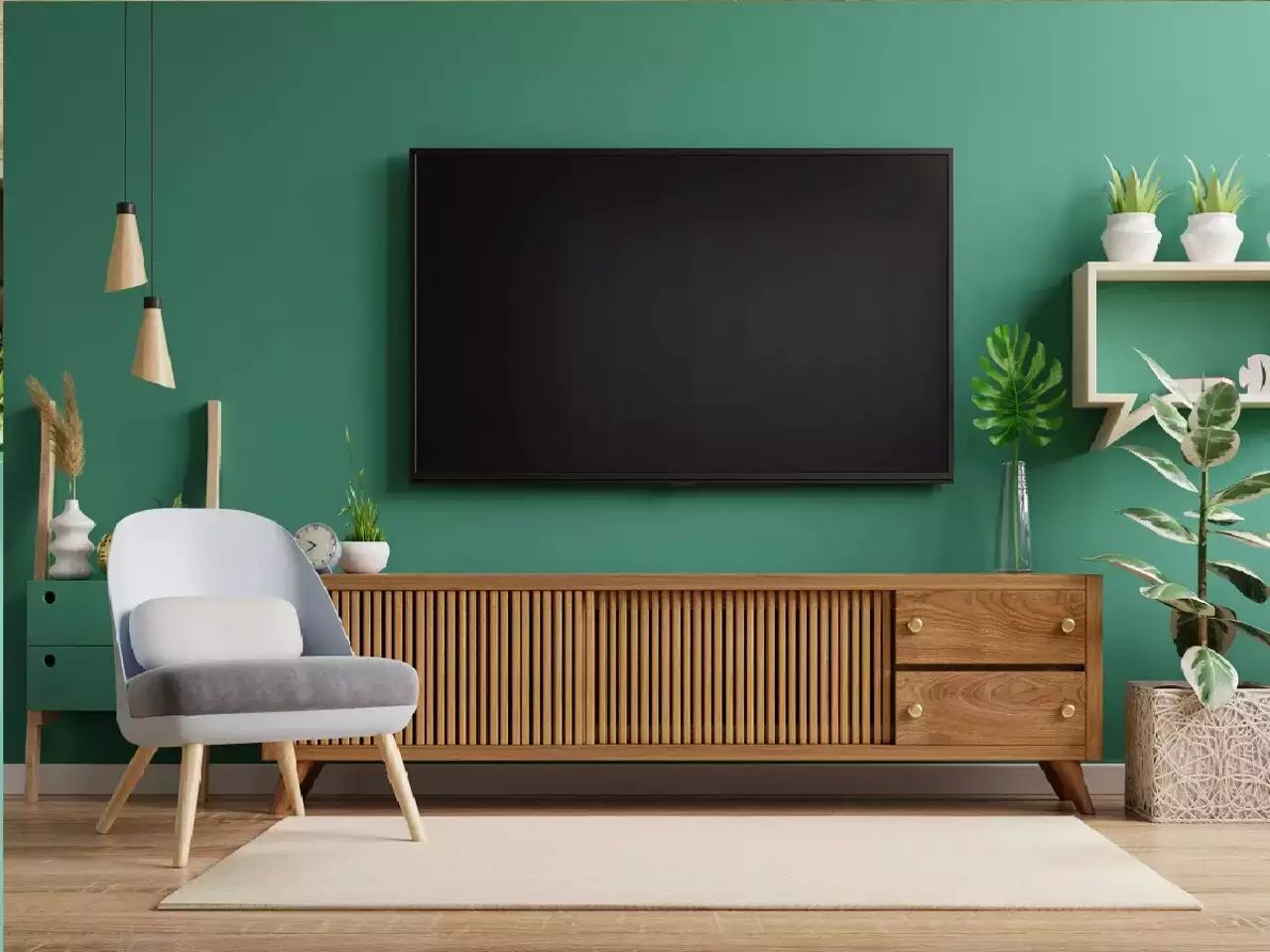Introduction
Welcome to the troubleshooting guide for a common issue faced by Samsung LED TV owners: sound but no picture. If you’re experiencing this frustrating problem, don’t worry – you’re not alone. There are several possible causes, and in this article, we will explore them and provide you with step-by-step troubleshooting steps to fix the issue.
Before we dive into the solutions, it’s essential to understand that a Samsung LED TV with sound but no picture can be caused by various factors, ranging from simple connection issues to more complex internal problems. By following the troubleshooting steps outlined in this guide, you can identify the root cause and potentially resolve the issue without needing professional assistance.
It is important to note that the information provided here is intended for Samsung LED TVs specifically. While some troubleshooting steps may overlap with other brands, it is recommended to consult the manual or website of your specific TV model for brand-specific guidance.
So, why does your Samsung LED TV have sound but no picture? Let’s explore the possible causes and solutions together. Whether you’re a novice or an experienced DIY enthusiast, this guide will help you get your Samsung LED TV back to its full functionality.
Possible Causes of Sound But No Picture on Samsung LED TV
When you encounter sound but no picture on your Samsung LED TV, it can be frustrating to determine the exact cause. However, there are several common reasons why this issue may occur. Understanding these potential causes can help you troubleshoot and resolve the problem effectively.
1. Misconnected cables: One of the most common causes of sound but no picture is incorrect connecting or loose cables. Make sure all the cables connecting your devices (such as the HDMI or AV cables) are securely plugged into the correct ports on your TV and external devices.
2. Power supply issues: Your Samsung LED TV might be experiencing power supply problems. Check if the TV’s power cord is properly plugged into a functioning power outlet. Additionally, ensure that the power outlet itself is working by connecting a different device to it.
3. Incompatible input source: Sometimes, the TV may be set to an input source that does not have an active signal. Press the “Input” or “Source” button on your TV remote to cycle through the available input sources and check if the picture appears on any of them.
4. Factory setting glitch: Occasionally, a glitch in the TV’s settings can cause the sound but no picture issue. Resetting your Samsung LED TV to its factory settings can help resolve this problem. However, keep in mind that doing so will erase any personalized settings or configurations.
5. Faulty components: If none of the above causes apply to your situation, there may be an issue with one of the TV’s internal components. Faulty backlighting, a malfunctioning T-con board, or a defective mainboard can all lead to the sound but no picture problem. In such cases, it is recommended to seek professional assistance or contact Samsung’s customer support for further guidance.
Identifying the cause of sound but no picture on your Samsung LED TV is the first step towards resolving the issue. In the following section, we will provide you with troubleshooting steps to help you fix the problem and restore both sound and picture to your TV.
Troubleshooting Steps to Fix Sound But No Picture Issue on Samsung LED TV
Now that you are aware of the possible causes of sound but no picture on your Samsung LED TV, it’s time to explore the troubleshooting steps to resolve this issue. Follow these steps in order, testing the TV after each one, until you find a solution.
1. Check the connection cables: Start by inspecting all the cables connecting your Samsung LED TV to external devices. Ensure that they are securely plugged into the correct ports and that there are no damaged or loose cables. If necessary, reseat the connections or replace any faulty cables.
2. Is the power supply working properly?: Double-check the power cord connection and ensure that it is securely plugged into a functioning power outlet. If possible, try connecting the TV to a different power outlet or use a different power cord to rule out any power supply issues.
3. Reset your Samsung LED TV to factory settings: To eliminate any potential glitches in the TV’s settings, perform a factory reset. This can usually be done through the TV’s menu or settings. Keep in mind that this will revert the TV back to its default settings, so you will need to set up your preferences again.
4. Adjust the input source on your Samsung LED TV: Press the “Input” or “Source” button on your TV remote to cycle through the available input sources. Make sure you select the correct input source that corresponds to the device you are trying to display the picture from. Test each input source to see if the picture appears.
5. Check and replace faulty components: If none of the previous steps have resolved the issue, there may be a hardware problem with your Samsung LED TV. In this case, it is recommended to seek professional assistance or contact Samsung’s customer support. A technician can diagnose and replace any faulty components such as the backlight, T-con board, or mainboard.
Troubleshooting sound but no picture on your Samsung LED TV can be a process of trial and error. Be patient and methodical in your approach, testing each step before moving on to the next. If possible, refer to the TV’s manual or the manufacturer’s website for specific troubleshooting instructions or additional support.
By following these troubleshooting steps, you should be able to identify and resolve the issue that is causing your Samsung LED TV to have sound but no picture.
Check the Connection Cables
One of the first steps to take when troubleshooting a Samsung LED TV with sound but no picture is to check the connection cables. Frequently, this issue is caused by loose, damaged, or improperly connected cables. By ensuring that all cables are securely plugged in and functioning correctly, you can potentially resolve the issue.
Start by inspecting the cables connecting your Samsung LED TV to external devices such as cable boxes, DVD players, or gaming consoles. Check both ends of each cable to ensure they are firmly connected to their respective ports. Sometimes, cables can become loose due to accidental movement or improper installation.
If you find any loose cables, reseat them by disconnecting and then reconnecting them to their corresponding ports. Make sure to align the connectors properly and firmly push them into place. It’s also worth checking for any physical damage to the cables, such as frayed wires or bent connectors. If you notice any damage, it is recommended to replace the cables with new ones.
Another aspect to consider is using the correct cables for your setup. Different devices may require different types of cables, such as HDMI, AV, or component cables. Ensure that you are using the appropriate cables that are compatible with your Samsung LED TV and the connected devices. Incompatible cables can result in a lack of picture while still producing sound.
In addition to checking the cables between your TV and external devices, it is also important to verify the cable connection between the cable box or TV antenna and your TV. If you are using a cable box, ensure that the coaxial cable is securely connected to both the cable outlet and the cable input on your Samsung LED TV.
If you have multiple input sources connected to your TV, such as a cable box and a DVD player, make sure you have selected the correct input source using the TV remote or the on-screen menu. It is possible to mistakenly switch to an inactive input source, causing the TV to have sound but no picture.
By thoroughly checking and ensuring the proper connection of all cables involved in your TV setup, you can eliminate any potential connectivity issues that may be causing the sound but no picture problem on your Samsung LED TV.
Is the Power Supply Working Properly?
When troubleshooting a Samsung LED TV with sound but no picture, one important aspect to consider is the power supply. Issues with the power supply can cause the TV to have sound but fail to display a picture. To ensure that the power supply is working properly, follow these steps:
1. Check the power cord: Start by examining the power cord connected to your Samsung LED TV. Ensure that it is securely plugged into a functioning power outlet. Sometimes, the power cord can come loose due to accidental tugging or movement, resulting in a loss of power. Firmly plug the power cord into the power outlet and check if the TV turns on.
2. Test with a different power outlet: If after checking the power cord connection the TV still does not display a picture, try plugging the TV into a different power outlet. A faulty power outlet can prevent the TV from receiving adequate power, leading to the sound but no picture issue. If the TV powers on and the picture appears when connected to a different outlet, you will need to have the faulty power outlet repaired or replaced.
3. Use a different power cord: If you have access to another power cord that is compatible with your Samsung LED TV, try swapping out the current power cord. A damaged or defective power cord can prevent the TV from receiving sufficient power, resulting in a lack of picture. If the TV works properly with a different power cord, you will need to replace the original power cord.
4. Check the power supply board: If the above steps do not resolve the issue, there may be a problem with the power supply board inside the TV. This requires professional intervention, as it involves opening up the TV and examining the internal components. It is recommended to contact Samsung’s customer support or a certified technician for assistance.
Ensuring that the power supply is working properly is crucial when troubleshooting a Samsung LED TV with sound but no picture. By checking the power cord, testing different power outlets, and potentially swapping out the power cord, you can identify and potentially resolve any power supply issues. However, if these steps do not yield any positive results, it is best to seek professional help to diagnose and address any internal power supply board problems.
Reset Your Samsung LED TV to Factory Settings
If you’ve encountered sound but no picture on your Samsung LED TV, a reset to factory settings may help resolve the issue. Sometimes, a glitch or incorrect settings can cause the TV to display sound but fail to show a picture. By performing a factory reset, you can restore the TV to its original settings and potentially fix the problem. Follow these steps to reset your Samsung LED TV:
1. Access the TV menu: Using the remote control, press the “Menu” button on your Samsung LED TV. This will bring up the on-screen menu that allows you to navigate through various settings.
2. Navigate to the “Setup” or “Settings” option: Use the arrow keys on your remote control to navigate to the “Setup” or “Settings” option in the TV menu.
3. Select the “Factory Reset” option: Within the “Setup” or “Settings” menu, look for an option named “Factory Reset,” “Reset All,” or a similar term. Select this option to initiate the reset process.
4. Confirm the reset: A confirmation prompt will appear on the screen, asking you to confirm that you want to proceed with the factory reset. Read the prompt carefully and select “Yes,” “OK,” or a similar option to confirm.
5. Wait for the TV to reset: Once you confirm the factory reset, the TV will reboot and reset to its default settings. This process may take a few minutes, so be patient and avoid interrupting the TV during this time.
After the reset is complete, the TV should turn on with the default settings restored. You will need to go through the initial setup process, including selecting the language, scanning for channels, and configuring any additional settings according to your preferences.
Keep in mind that a factory reset will erase all personalized settings, configurations, and installed apps or updates. It is recommended to take note of any important settings or configurations before performing the reset.
If the sound but no picture issue was caused by a misconfiguration or glitch in the TV’s settings, a reset to factory settings should help resolve the problem. However, if the problem persists even after the reset, it is advisable to proceed with further troubleshooting steps or seek professional assistance to identify and address the underlying cause.
Adjust the Input Source on Your Samsung LED TV
If your Samsung LED TV has sound but no picture, it could be due to an incorrect input source selection. Sometimes, the TV may be set to an input source that does not currently have an active signal, resulting in no picture display. By adjusting the input source, you can potentially resolve this issue. Follow these steps to ensure you have selected the correct input source on your Samsung LED TV:
1. Locate the “Input” or “Source” button on your remote: Look for a button on your Samsung LED TV remote control that is labeled “Input” or “Source.” This button allows you to cycle through the available input sources.
2. Press the “Input” or “Source” button: Press the “Input” or “Source” button to activate the menu that displays the available input sources on your Samsung LED TV. The menu may appear as an overlay on the screen or in a separate on-screen display.
3. Select the correct input source: Use the up and down arrow keys on your remote control to navigate through the list of input sources. Each input source represents a different connected device, such as a cable box, gaming console, or DVD player. Highlight the input source that corresponds to the device you want to display, and press the “Enter” or “OK” button on the remote to select it.
4. Test the selected input source: After selecting the input source, give your Samsung LED TV a few seconds to detect the signal and display the picture. If the input source was the cause of the sound but no picture issue, you should now see the picture displayed on your TV screen.
If the selected input source does not display a picture, repeat the process and try selecting a different input source. It is possible that the original input source you selected does not have an active signal or has a compatibility issue with your TV.
Additionally, make sure that the connected device is powered on and functioning correctly. If the device is turned off or experiencing a technical problem, it may not transmit a signal to the TV, resulting in no picture.
By adjusting the input source on your Samsung LED TV, you can ensure that you have selected the correct source that is actively transmitting a picture signal. This simple troubleshooting step can help resolve the sound but no picture issue and restore the full functionality of your TV.
Check and Replace Faulty Components
If you have followed the previous troubleshooting steps and still encounter a sound but no picture issue on your Samsung LED TV, it is possible that there may be faulty components causing the problem. In such cases, it is recommended to check and potentially replace the malfunctioning components. Here are some steps to help you in the process:
1. Seek professional assistance: Before attempting any repairs yourself, it is advisable to seek professional help. Contact Samsung’s customer support or a certified technician who specializes in TV repairs. They have the expertise and necessary tools to diagnose and fix any hardware issues with your Samsung LED TV.
2. Determine the faulty component: If you have experience and knowledge in electronics, you can attempt to identify the faulty component yourself. Common components that can cause a sound but no picture issue include the backlight, T-con board, or mainboard. However, be aware that this process requires opening up the TV and working with sensitive electronic parts, which can be risky if you are not familiar with the procedures.
3. Inspect the backlight: The backlight is responsible for illuminating the pixels on your TV screen. If it is faulty or not functioning correctly, it can result in a lack of picture. Carefully inspect the backlight for any visible signs of damage, such as dark spots or uneven lighting. If you notice any issues, it is best to replace the backlight with a new one or seek professional assistance.
4. Check the T-con board: The T-con board, also known as the timing control board, controls the timing and signals sent to the individual pixels on the screen. A malfunctioning T-con board can lead to picture display problems. Inspect the T-con board for any visible signs of damage or loose connections. If necessary, replace the T-con board with a compatible one.
5. Examine the mainboard: The mainboard is the central processing unit of your TV, responsible for processing and displaying the video signals. If the mainboard is faulty, it can cause a sound but no picture issue. Look for any signs of damage or burnt components on the mainboard. If you suspect a problem with the mainboard, consult a professional technician for further assessment and possible replacement.
Remember, opening up your TV and attempting to repair or replace components requires technical expertise and should only be done by those with experience in electronics. It is always safer to seek professional assistance to avoid any further damage or risk to yourself.
If you are unable to identify or fix the faulty components, it is recommended to contact Samsung’s customer support or a certified technician. They can provide you with further guidance and assistance in resolving the sound but no picture issue on your Samsung LED TV.
Conclusion
Encountering a sound but no picture issue on your Samsung LED TV can be frustrating, but with the right troubleshooting steps, it can be resolved. Throughout this guide, we have explored the possible causes of this problem and provided you with effective troubleshooting methods.
From checking the connection cables to ensuring the power supply is functioning correctly, adjusting the input source, resetting to factory settings, and checking and potentially replacing faulty components – each step is designed to help you identify and resolve the issue.
Remember to be patient and systematic in your approach, testing your TV after each troubleshooting step. If one method doesn’t yield results, move on to the next until you find a solution. It is important to ensure your safety throughout the troubleshooting process, and if you’re unsure or uncomfortable, it is always best to seek professional assistance.
By following the steps outlined in this guide, you should be able to troubleshoot and address the sound but no picture problem on your Samsung LED TV successfully. However, if the issue persists or if you are unable to resolve it yourself, it is recommended to contact Samsung’s customer support or a certified technician for further guidance and assistance.
We hope that this guide has been helpful and that you can now enjoy the full functionality of your Samsung LED TV with both sound and picture.







